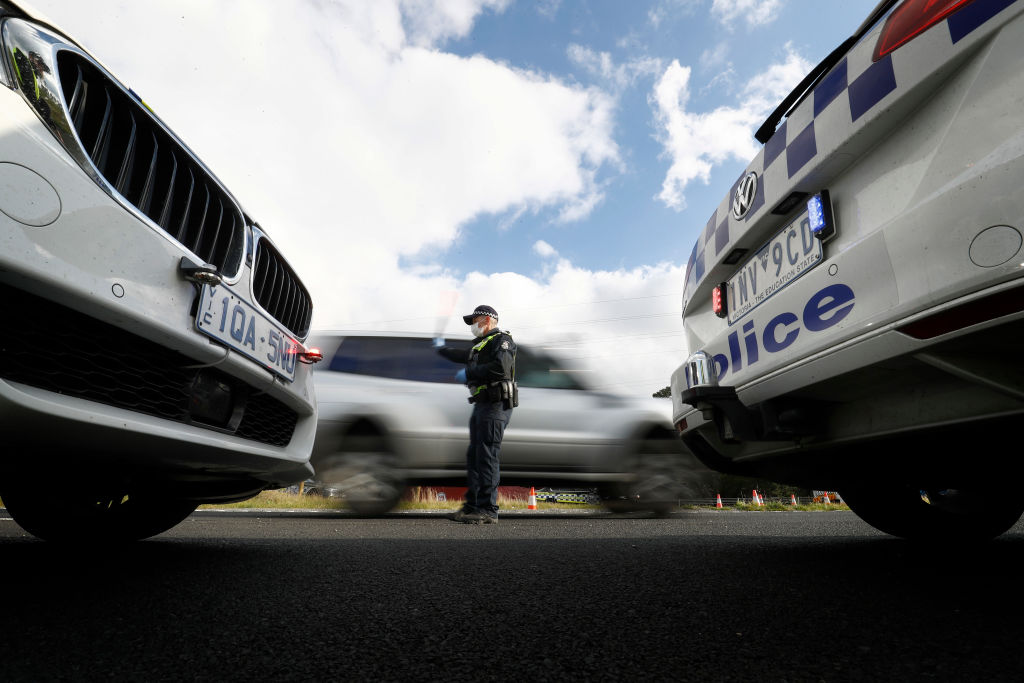
To most people, police are police, and it seems a no-brainer for them to save time, money and effort by collaborating and cooperating across jurisdictions. Police organisations all operate in the same way, don’t they? While it would be nice to think so, the nature of federation in Australia means that each police organisation has its own contractual arrangements, legislation and procurement processes, which can present challenges to coordination.
In her chapter on policing in ASPI’s After Covid-19: Australia and the world rebuild, Leanne Close identified the impediments to common procurement across Australian and New Zealand policing agencies, noting that they had not had much success.
While cross-border coordination in this area is indeed challenging and exacerbated by jurisdictional differences, there have been some noteworthy successes. The recent collaborative procurement project for ammunition facilitated by the Australia New Zealand Policing Advisory Agency (ANZPAA) is a good example of what can be achieved.
The Australian and New Zealand policing communities have long recognised the benefits of working collaboratively and cooperatively. Sharing and adapting innovative solutions between states, territories and New Zealand is now common practice, and forms an integral part of police work.
ANZPAA was established in 2007 to facilitate information-sharing and promote collaboration and cooperation across policing in Australia and New Zealand. The agency’s current work is focused on enhancing practice by providing well-researched advice, identifying resource efficiencies and addressing risk through cost-effective and smarter outcomes, as detailed in the recently released ANZPAA strategy 2020–25.
Supporting collaborative procurement has been part of ANZPAA’s remit almost since its establishment. In 2013, police commissioners identified ammunition purchases as one of several priority areas for potential collaboration. Australian and New Zealand police have historically bought their ammunition from the United States, and in the past, there have been problems with supply.
In the mid-2000s, the introduction of tighter gun-control regulations in the US in response to a number of shootings sparked fears that manufacturers and suppliers wouldn’t be able to provide ammunition to the domestic market. This fed into people’s fears about a potential rise in crime and led to panic buying and stockpiling of ammunition by local law enforcement agencies and the military.
Ammunition was being bought faster than it could be produced, which had a flow-on effect in the world market. Australian and New Zealand police found themselves competing for the same diminishing supply of ammunition.
In response, the police forces in both countries worked together to develop common specifications for operational, training and tactical ammunition so that they could combine their procurement, boost their purchasing power and encourage offshore suppliers to guarantee future policing needs. That process revealed the need for a coordinated effort to balance reducing costs to police with adherence to government policies designed for local contexts.
The end result was a pilot collaborative procurement project. The project enabled the participating organisations to secure better prices through volume discounts and to attract new sources of supply both domestically and internationally.
The insights generated during this project should serve as a foundation for future cross-jurisdictional procurement.
Collaborative procurement may not be feasible in all areas due to differing government contractual arrangements and legislative contexts. But value can still be achieved by collaborating on common specifications for materiel, to align products across policing.
The pilot project has demonstrated that police can, and do, work together across jurisdictions and borders to overcome some of the more complex challenges inherent in a federated system. It also proves that wholesale, systemic change is not always required to increase cooperation between states, territories and countries.
While there’s no doubt that greater legislative and policy alignment between jurisdictions would be beneficial, police organisations have shown that engagement and collaboration can produce tangible and valuable results.

